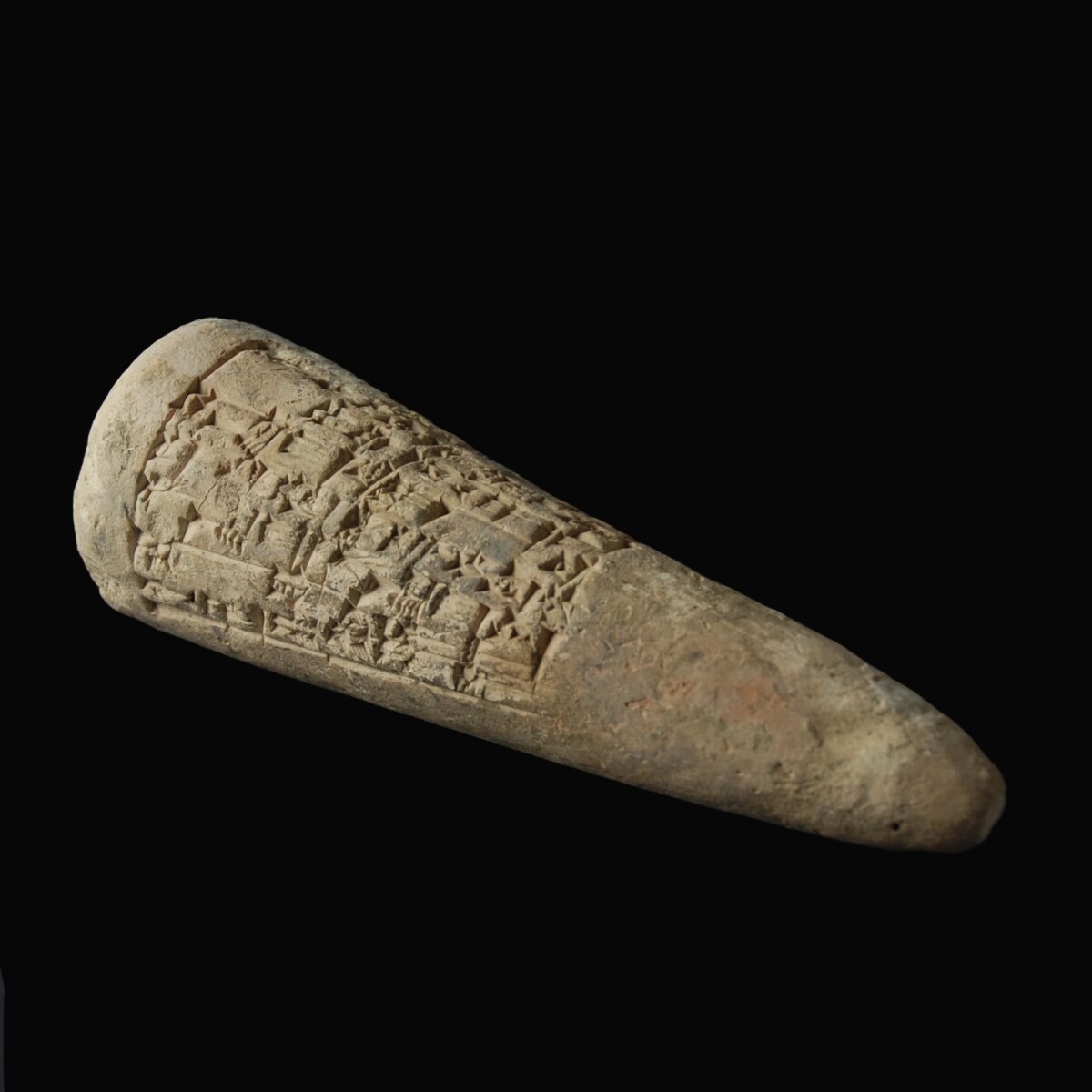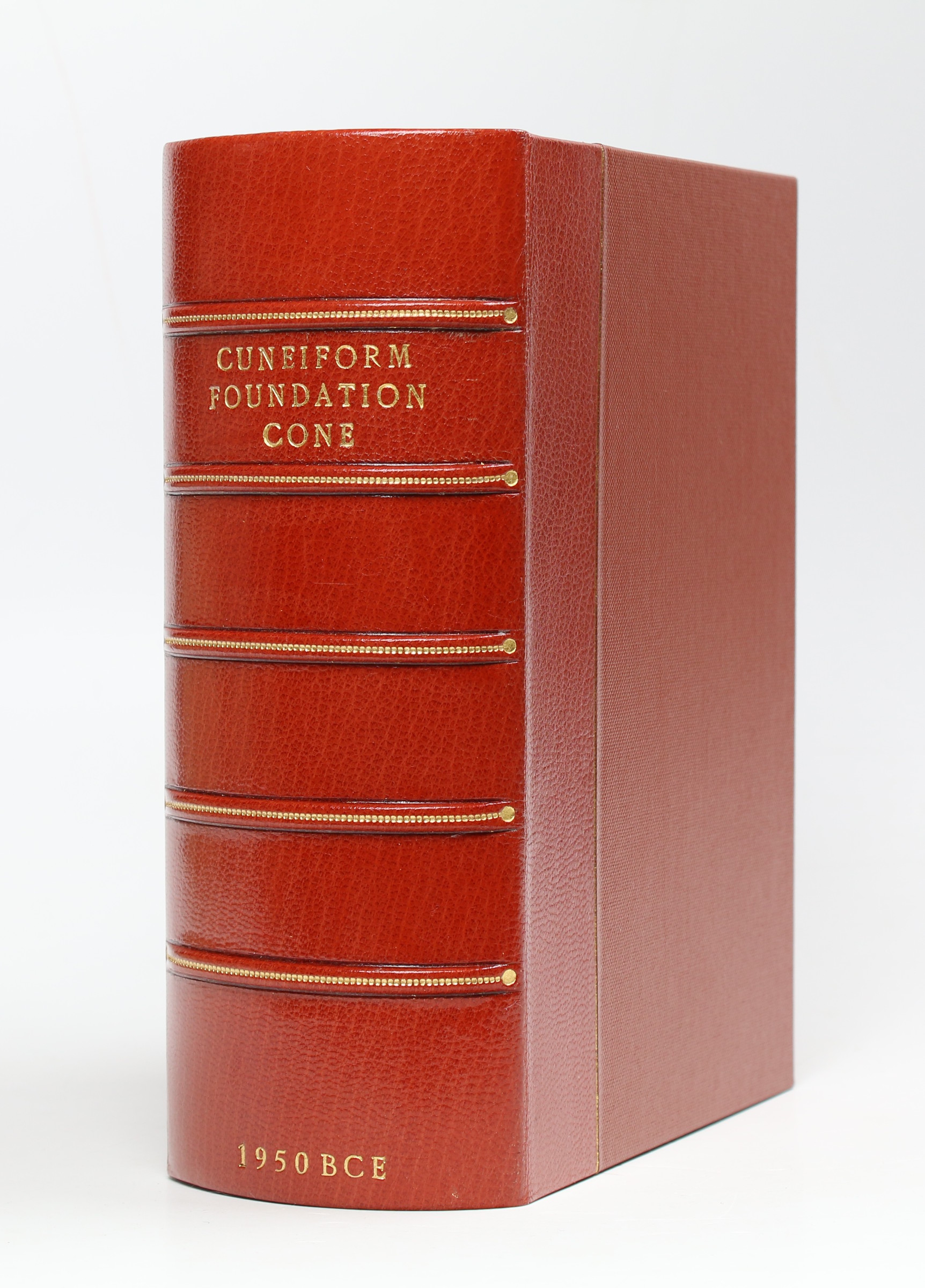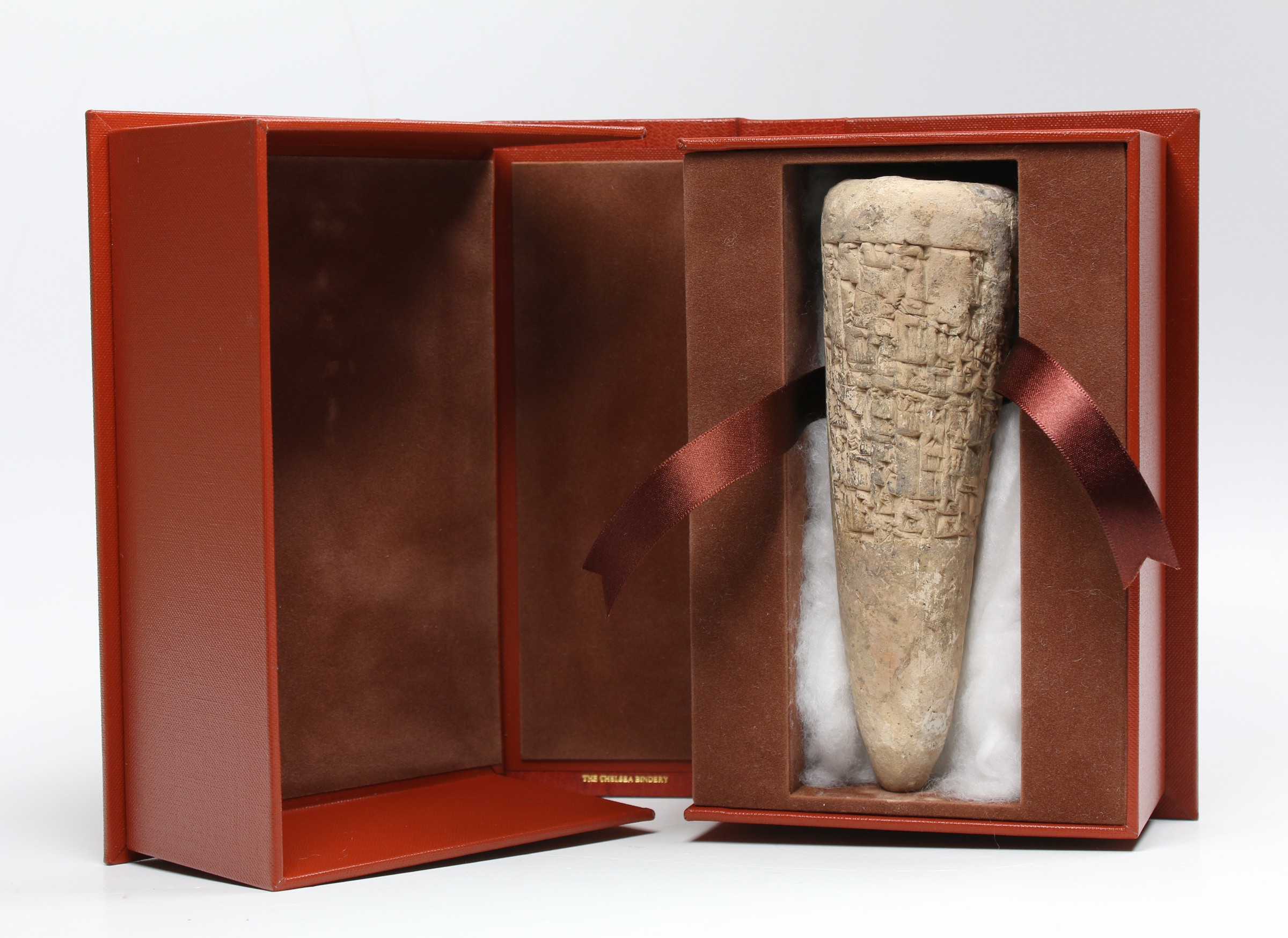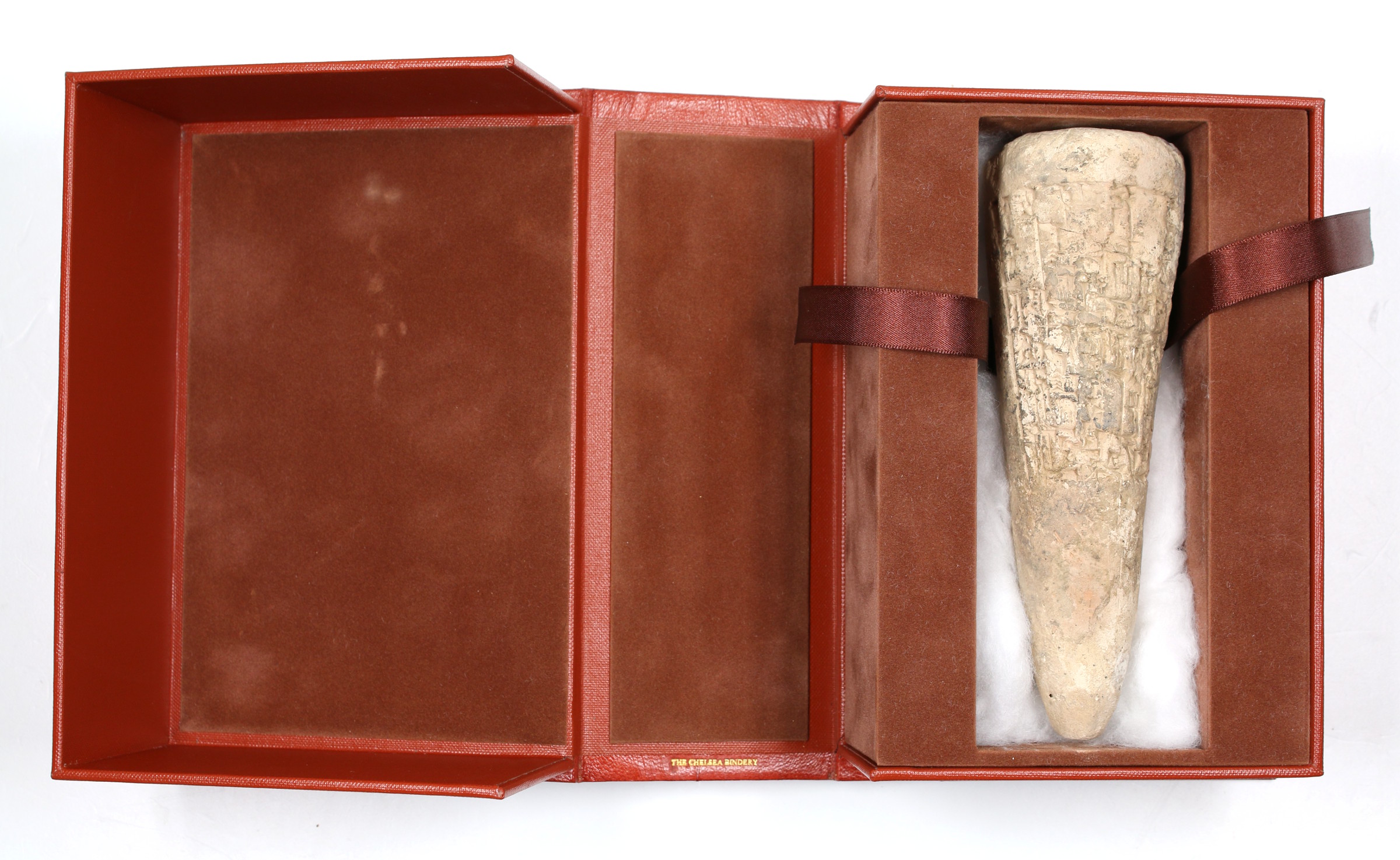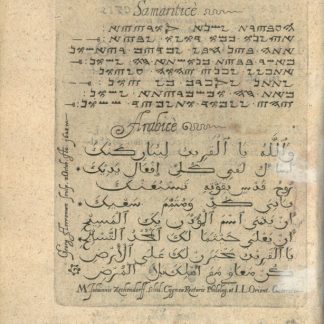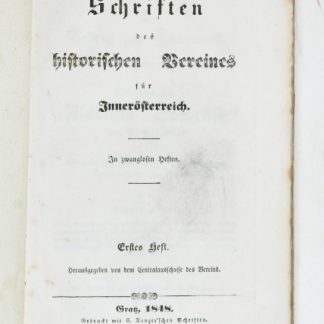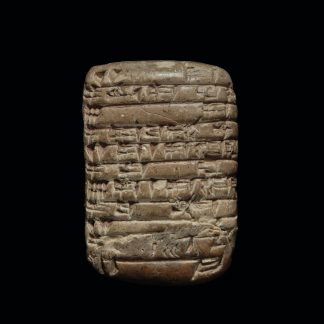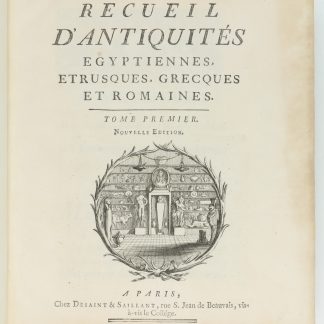The ramparts of Isin
Cuneiform foundation cone dating to the reign of Ishme-Dagan.
Clay, 155 mm in length, ca. 52 mm in diameter. In custom-made half morocco case.
Foundation cone of light clay with a flat base on the broadside and a rounded tip on the other side. The inscription, covering around three quarters of the cone, originates from Ishme-Dagan, the fourth king of the First Dynasty of Isin. He ruled over southern Mesopotamia. This foundation cone certifies that under his reign the city walls of Isin were fortified. The translation of the inscription reads: "When Ishme-Dagan, the mighty, king of the four world regions, abolished the taxes of Nippur, the city beloved of Enlil, and excused its men from military service, he built the great ramparts of Isin, and the name of that wall is Ishme-Dagan, arm of An the Great".
Used by Sumerians and other Mesopotamian cultures beginning in the third millennium BCE, foundation cones, also referred to as dedication or foundation pegs or nails, were cone-shaped nails made of clay, inscribed with cuneiform, baked, and stuck into the mudbrick walls to serve as evidence that the temple or building was the divine property of the god to whom it was dedicated.
French private collection, 1980s. Sold at Piasa, Paris, 25 November 1996, lot 126.
Intact and with minimal wear, the inscription is wonderfully preserved.


